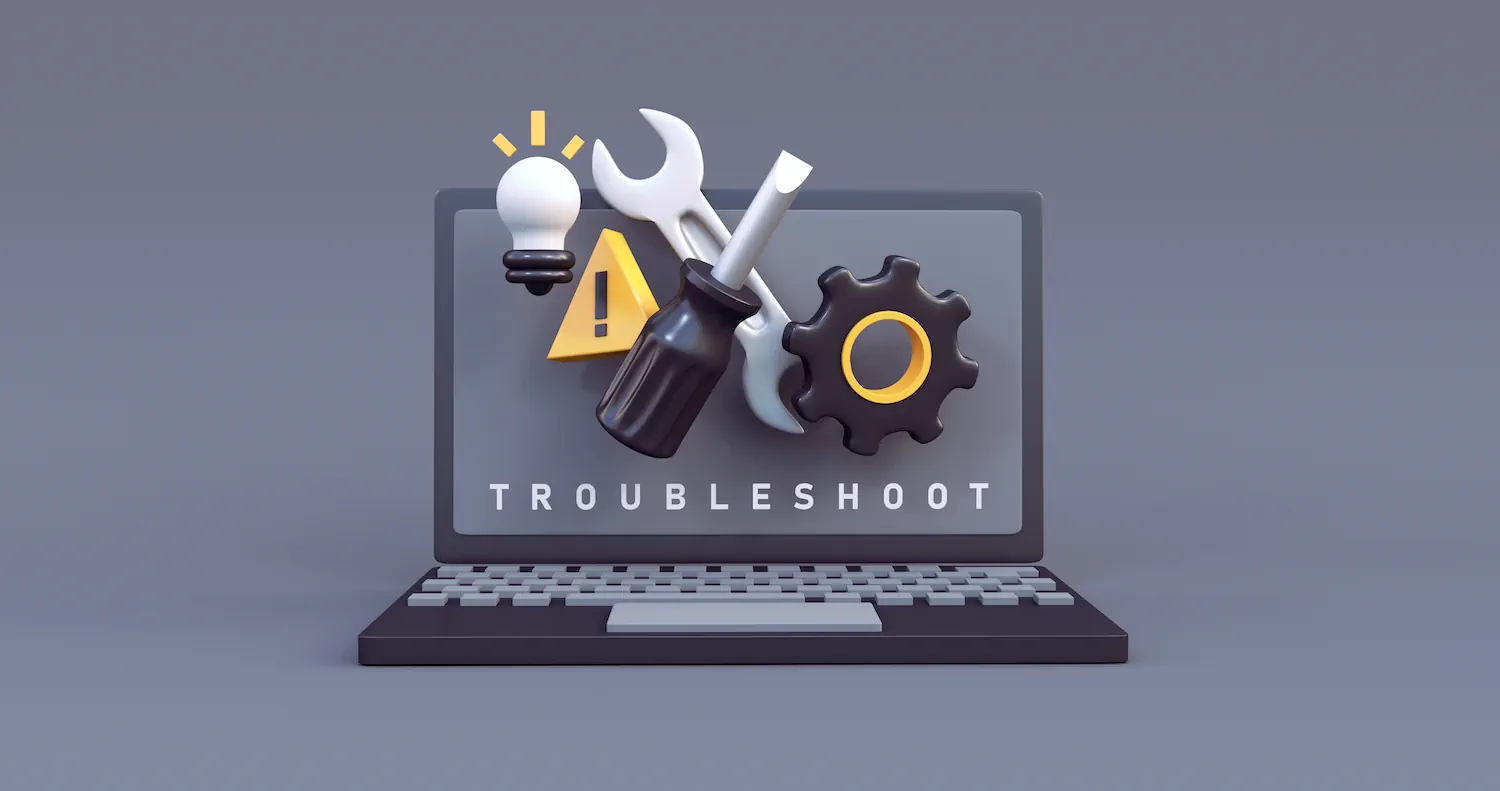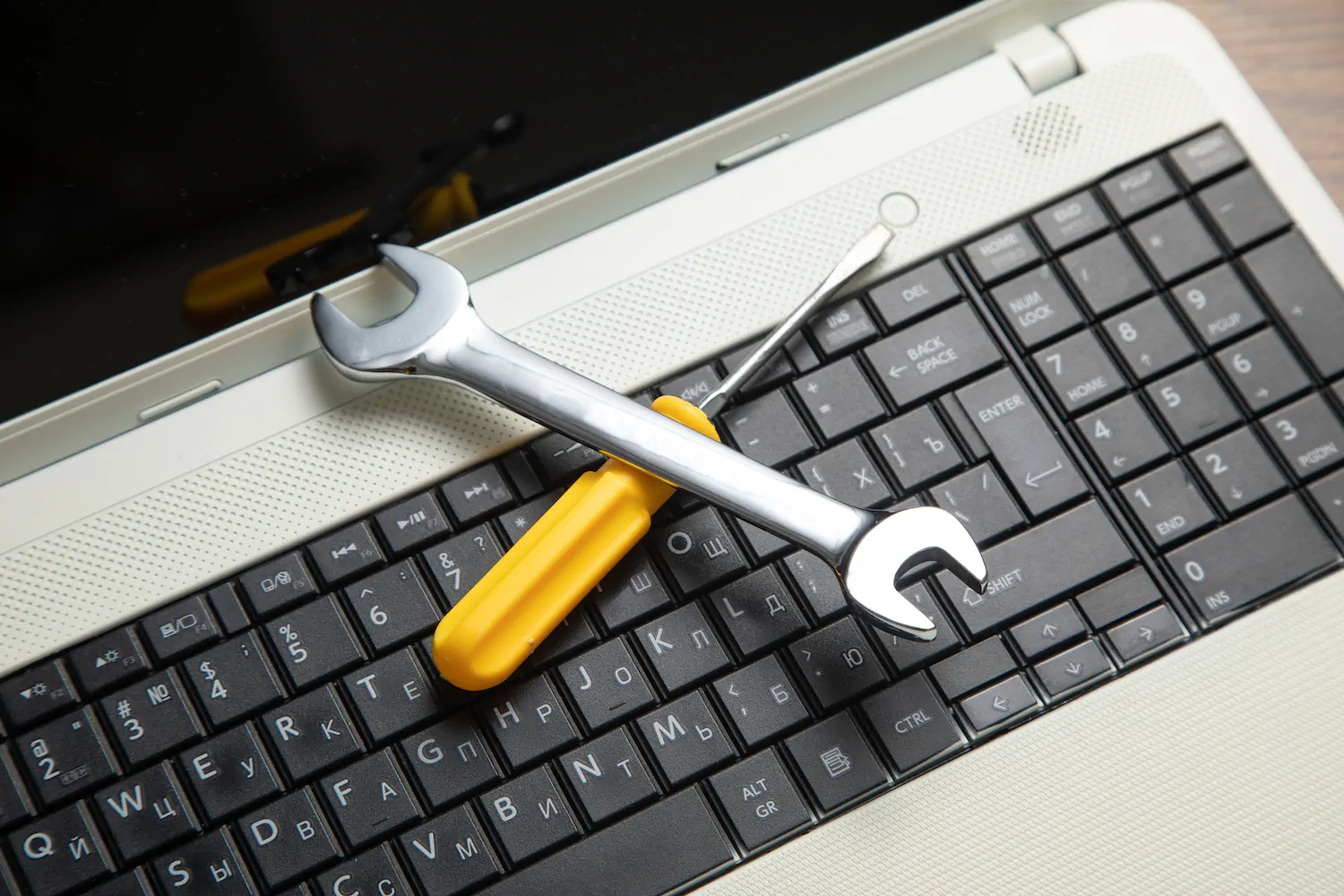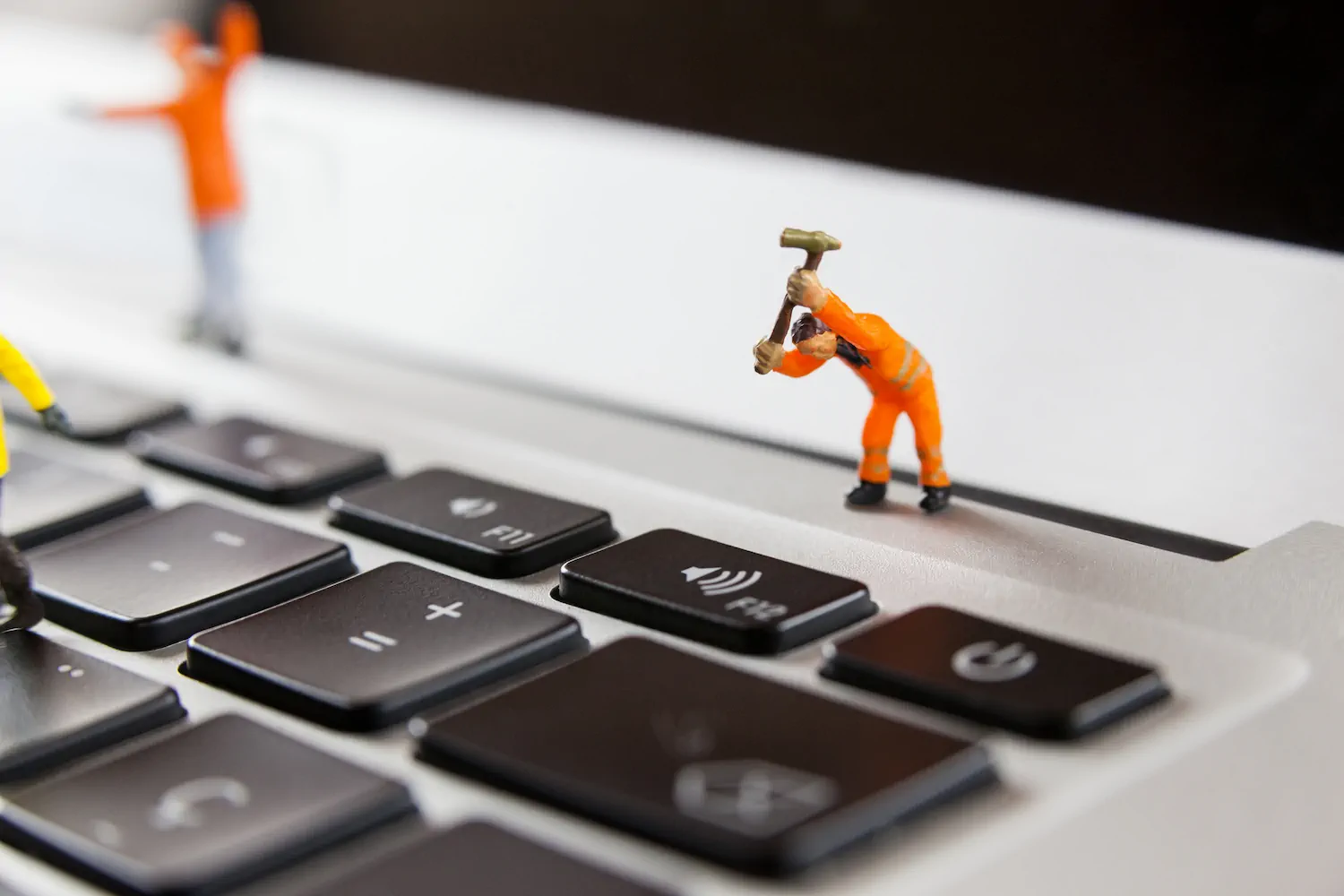
In an increasingly connected digital world, WordPress website security has become an essential priority for businesses and entrepreneurs. According to a recent study, WordPress remains the most targeted content management system, which means that if you have a website built on this CMS, you need to take proactive steps to protect it. To help you safeguard your site, we’ve prepared this guide with essential tips on how to secure your WordPress site against cyber threats.
Why WordPress Security Matters

The increasing number of cyberattacks has highlighted how vulnerable websites can be, especially those using WordPress. According to data from Bluehost, outdated software can easily become a gateway for hackers. This makes it critical to implement best practices to protect your website and the data it handles.
One of the most effective ways to keep your site secure is by hiring a professional website maintenance service, which ensures regular updates, continuous monitoring, and technical support when needed.
In this article, we’ll cover the most effective strategies to protect your WordPress site—from choosing the right hosting provider to using strong passwords.
WordPress Security Best Practices

1. Keep Your Site Always Updated
One of the most effective ways to protect your site is by keeping your WordPress core, plugins, and themes updated at all times. Regular updates not only introduce new features but also fix security vulnerabilities that hackers can exploit. Enable automatic updates and schedule regular backups before applying significant changes. If you prefer a comprehensive solution, consider hiring a website maintenance service to handle this process continuously and professionally.
2. Choose Secure Hosting
Don’t underestimate the importance of choosing a reliable hosting provider. Look for hosts that offer firewalls, malware scanning, automated backups, and DDoS protection. Opting for a managed WordPress hosting service can provide you with multiple layers of additional protection that are critical in preventing attacks.
3. Use Strong Passwords and Enable 2FA
Passwords are your first line of defense against unauthorized access. Always use strong, unique passwords and combine them with two-factor authentication (2FA). This adds an extra layer of protection that’s difficult to bypass, even if someone gets hold of your password. As highlighted in this Carmatec article, this combination significantly reduces intrusion risks.
4. Install Trusted Security Plugins
Choosing the right plugins is critical for your site’s security. Stick to well-known security plugins like Wordfence, Jetpack, or iThemes Security. These tools help monitor your site, scan for malware, and control login attempts, helping to maintain a secure environment.
5. Install an SSL Certificate
An active SSL certificate is essential today. It encrypts the data exchanged between your server and your visitors, which is especially important for contact forms and eCommerce websites. Beyond enhancing security, SSL also builds trust and improves your search engine rankings.
6. Limit Access Privileges
A common mistake among WordPress admins is granting unnecessary access. Limit admin roles to those who genuinely need it. This reduces potential entry points for attackers and makes user activity monitoring easier.
7. Secure File Editing Permissions
Consider disabling file editing directly from the WordPress dashboard. Additionally, secure critical files like wp-config.php to prevent unauthorized access. This simple step can help prevent malicious modifications.
8. Monitor and Respond to Incidents
Active monitoring is key to early detection of threats. Keep detailed logs, scan for malware regularly, and monitor unusual activities. Identifying threats early can make the difference between fast recovery or suffering critical data loss.
9. Create a Contingency Plan
No system is 100% secure. Having a solid incident response plan is crucial. Perform regular backups and establish clear recovery procedures to restore your site quickly if a breach occurs.
Frequently Asked Questions About WordPress Security

What should I do if my site has already been hacked?
Act quickly. Change all your passwords and review access logs. Consider restoring your site from a backup and scan for malware using a security plugin to clean your site.
Do I need a security plugin if my hosting offers protection?
Yes. While many hosts offer some security tools, a dedicated plugin provides additional protection and advanced features to help keep your site secure.
How often should I update WordPress?
You should check for updates at least once a week. However, enabling automatic updates will ensure you don’t miss critical security patches.
Is having SSL enough to secure my website?
No. While SSL is essential, it’s only one part of a complete security strategy. You should also keep your site updated, use strong passwords, and monitor your website regularly.
Following WordPress security best practices helps protect not only your data but also your visitors’ trust. Website security is an ongoing process that requires constant attention and adaptation. Invest time in reviewing your site’s security measures and stay ahead of potential cyber threats.
Protect Your WordPress Site Today

Concerned about your WordPress site’s security? At Source Code, we offer a specialized website maintenance service, including regular updates, continuous monitoring, and technical support to keep your website protected from vulnerabilities. Contact us here and get professional guidance with no obligation.
